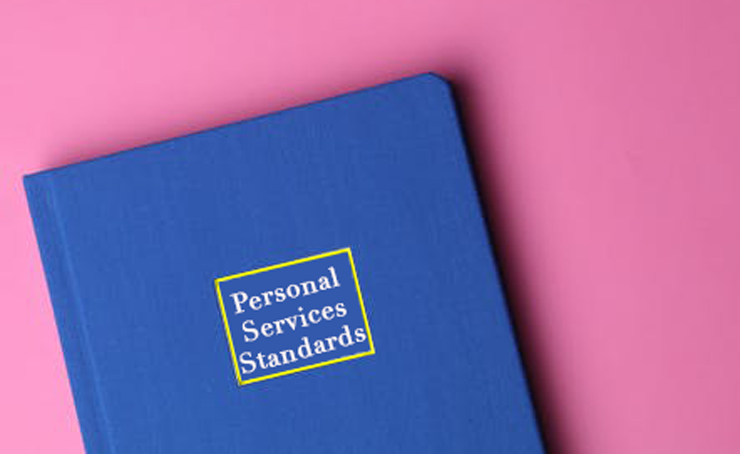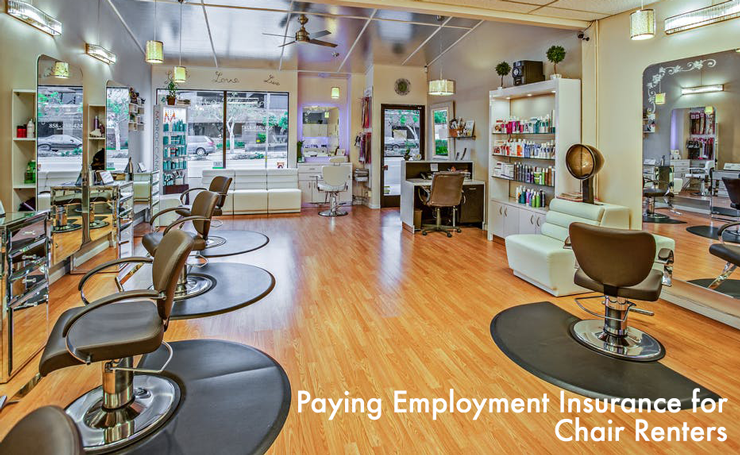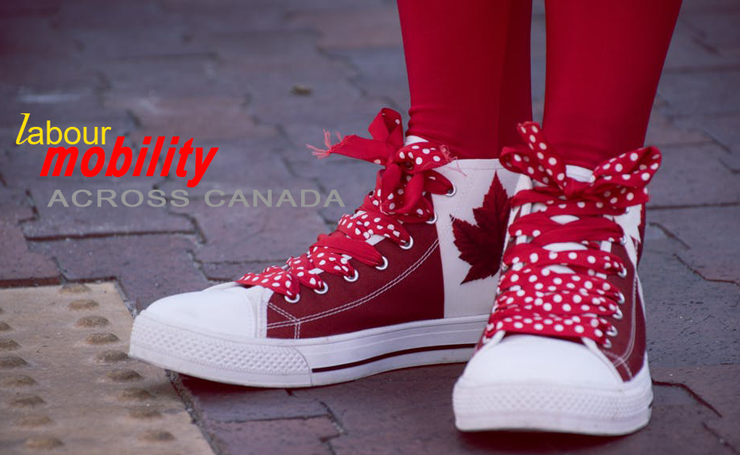Personal Services Standards Review Section 2- Personal Services Workers’ Duties

You are now at Section 2 of the Personal Services Standards and Regulations by Alberta Health. Section 2 deals with worker hygiene, hand hygiene and glove use, service assessment, cleansing service areas, and post care instructions.
The review of Section 2 could not come at a better time with the outbreak of the coronavirus. We are all responsible to prevent the spreading of disease.
Section 2- Personal Services Workers’ Duties
Personal Services Worker Skills and Knowledge
2.1 Personal services workers must be familiar with, and be able to demonstrate an understanding of:
2.1.1 the requirements of these Standards, as applicable to the personal services and activities the personal services worker performs;
2.1.2 injury and infection risks related to the personal services and activities they perform;
2.1.3 manufacturer’s instructions for safe use of the equipment, disinfectants, and cosmetic products that they use; and
2.1.4 facility- or business-specific written procedures applicable to the personal services and activities they perform.
*ESG NOTE: Service Providers should be aware of contraindications to all the services they offer to avoid injury or infection. Intake forms that ask the right questions can help to keep your eyes open for potential incidents.
Personal Services Worker Hygiene
2.2 Personal services workers must maintain good personal hygiene while performing personal services or reprocessing.
2.3 Clothing worn by the personal services worker must be visibly clean at the start of the service.
2.4 Personal services workers with communicable infectious conditions must either refrain from performing personal services, or take necessary precautions to prevent the spread of infectious conditions to clients.
Hand Hygiene and Glove Use
2.5 Hand hygiene must be performed by the personal services worker:
2.5.1 before and after every personal service;
2.5.2 before putting on gloves that will be worn while providing a personal service;
2.5.3 following the removal of gloves that are worn while providing a personal service; and
2.5.4 after reprocessing.
2.6 The use of alcohol-based hand rub for hand hygiene is only permitted when hands are visibly clean.
2.6.1 The alcohol content of alcohol-based hand rub must be 60% to 90%.
2.6.2 Alcohol-based hand rub must have an NPN or DIN issued by Health Canada.
2.6.3 The personal services worker must follow the following steps for the use of alcohol-based hand rub:
2.7 Handwashing with soap and warm running water is required when hands are not visibly clean and must be done in accordance with the following steps:
2.8 Handwashing must not occur in any sink that is used for equipment reprocessing, unless there is a written procedure that personal services workers follow to appropriately clean and disinfect the sink area between reprocessing and handwashing activities.
2.9 Gloves must be worn when personal services involve hand contact with mucous membrane or broken or punctured skin.
ESG TIP: If your gloves are uncomfortable, go down a size!
2.10 Gloves used while providing a personal service must never be reused and used gloves must be discarded.
Handwashing Supplies
2.11 Sinks used for handwashing must be equipped with soap, warm running water, and a sanitary option for drying hands.
Point of Service Risk Assessment
2.12 The personal services worker must assess the condition of the client’s skin, hair, nails, teeth, or body as applicable for signs of infection, infestation, or irritation prior to performing a personal service.
2.13 A personal services worker must not perform a personal service when a client has signs of a skin, hair, nail, tooth, or body condition that could compromise that client’s post- service healing.
2.14 Prior to performing a personal service, the personal service worker must ensure that the equipment to be used as part of the personal service is visibly clean and in good condition and repair.
Cleansing and Antisepsis of Skin and Mucous Membrane
2.15 Personal services workers must follow the written procedures for the cleansing of skin and mucous membrane and the application of antiseptic products.
2.16 Cleansing of the client’s bodily area where the personal service will occur must be performed prior to any service that may involve contact with mucous membrane, or that will puncture or may potentially break skin or mucous membrane.
2.17 When a personal service involves the puncture of the skin, an antiseptic product must also be applied after skin cleansing.
2.18 Antiseptic products must have either a DIN or an NPN issued by Health Canada.
2.19 Personal services workers must follow the instructions for use that accompany an antiseptic product.
Post-Service Care
2.20 Personal services workers must provide clients with verbal and written care instructions following any personal service that punctures the skin or mucous membrane.
2.21 Personal services workers must follow any post-service client care instructions that are specified by the manufacturer where energy-emitting equipment is used in a personal service.
2.22 Dressings used to cover broken or punctured skin must be new and clean.
2.23 Personal services workers must follow the facility-specific written procedures when a client’s skin is accidently cut or punctured during a personal service.
If you are new to the beauty industry and are operating a home business, we recommend our Canadian Spa Industry Standards course to ensure that your business meets regulatory requirements and obligations for the protection of public health and your growing business.



